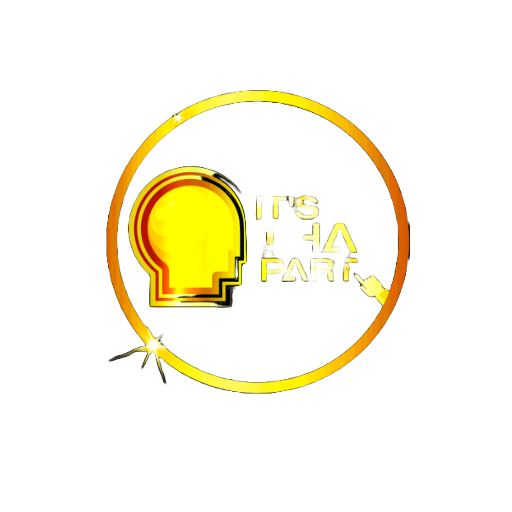INDIANAPOLIS — There’s a phrase that’s ubiquitous in Indiana. You see it on chalkboard signs outside of bars. You hear it from fans, coaches and players. It was emblazoned on T-shirts at Game 3 of the NBA Finals. It’s even the slogan for the state’s basketball Hall of Fame.
In 49 other states, it’s just basketball. But this is Indiana.
It was in 1925, after all, that the inventor of basketball, James Naismith, watched a state high school tournament and declared Indiana “the center of the sport.”
Now, 100 years later, between a stunning Indiana Pacers run to the finals and the exploding popularity of the Indiana Fever, Naismith’s observation has never been more true.
“I realized that basketball was really special when I took my official visit here,” said Pacers center Thomas Bryant, who played two years at Indiana University before entering the NBA in 2017. “It just felt right. You felt the energy, you felt the tenacity, you felt the love of the game, and the passion that everybody brought. That’s what made me fall in love with Indiana.”
“Basketball is king,” said actor Drew Powell, a native of the town of Lebanon whose recent credits include the medical drama “The Pitt.” “It’s everywhere. The entire state buys in. Like Brazilians are born with soccer, Hoosiers are born with basketball.”
“I’ve been here for a few years now,” Fever guard Lexie Hull explained. “And getting to go to high schools and see just even at that level, people are so passionate, excited and supportive of women’s and men’s basketball. I don’t think you find that everywhere.”
Hoosier Hysteria dates back well into the early 1900s. The state’s love of basketball in particular grew out of the single-class high school system, which pitted every school in the state against one another in one massive basketball tournament that whipped fans into a frenzy — and impressed Naismith.
In 1954, the Milan High School Indians, with an enrollment of only 161 students, won the state tournament, which served as the inspiration for the 1986 film “Hoosiers.” In 1955, Sports Illustrated wrote about what it deemed the “statewide mania” of basketball in a story headlined “The Hoosier Madness.”
Since then, Indiana has produced well over 100 professional players, most notably Hall of Famer Larry Bird, who, after stints as the head coach and the president of basketball operations, is an adviser for the Pacers.

And now, Indiana is home to both another underdog story in the Pacers, who are on the cusp of their first NBA championship, and the ascending Fever, who employ the biggest star in the WNBA, Caitlin Clark.
“As someone who grew up in the state of Indiana … it’s such a fun time to be in the city,” Fever head coach Stephanie White said. “I was here the last time the Pacers were in the finals. I remember being in the building and feeling the energy. There’s no better place.”
The simultaneous success of the men’s and women’s professional teams gives Indiana a real chance to become the first state to have an NBA and a WNBA champion in the same year since 2002, when the Lakers and Sparks won for Los Angeles. (The Fever may not be title favorites, but then again, neither were the Pacers.)
The teams have also shown up for each other, with players from both sides often attending the other’s games this spring. (Through Game 3 of the finals, the Pacers were 8-0 in playoff games attended by Clark.)
“It’s been real fun,” said Fever forward Natasha Howard, who has attended multiple postseason games. “To see our guys come from being 10-15 to being in the NBA Finals, anything is possible. I’m extremely proud of what they overcame.”
“It’s electric,” added Hull, who attended Game 3 with Howard and Clark. “They’re selling out Gainbridge [Fieldhouse], we’re selling out Gainbridge. We love to support them and they love to support us.”
The Pacers and the Fever are not only successful, they’re capturing fans in a unique way.
Since drafting Clark last year, the Fever have routinely broken attendance and viewership records. Powell described the atmosphere at their home games as something closer to a concert because of the fanaticism.
The team even sold so much merchandise after drafting Clark that it was reportedly audited.
The Pacers, meanwhile, aren’t quite as much of an underdog as Milan was in ’54, but they are putting together their own run worthy of a Hollywood script.
The Pacers had the 17th-best title odds before the season, worse than some teams that didn’t even make the playoffs. They were five games under .500 over a quarter of the way into the season. And during the playoffs, they pulled off a string of comebacks en route to the finals, the chances of which were 1 in 10 million. Literally.
And the Pacers have done all of this despite their limited avenues to building a contender.
Even with the state being a hotbed for basketball, Indiana has not been a major player for free agents. The Pacers also largely refuse to tank for top draft picks. The result is a finals team very few saw coming — one that’s giving the Oklahoma City Thunder and MVP Shai Gilgeous-Alexander all they can handle.
The sport of basketball has followed Powell, who flew in from Los Angeles for Game 4, around his entire life. He was offered a chance to be in “Hoosiers” as an extra when he was in grade school, but he declined when he found out he would be required to cut his hair for the role. (He regrets it.)
He went to college in Indiana, at DePauw University in Greencastle, where he was fraternity brothers with future Butler University head coach (and current Boston Celtics general manager) Brad Stevens.
He knows how meaningful the Pacers winning it all would be for his home state.
“It puts you on the map,” Powell said about what an NBA title would do for Indiana. “For a long time, being a small-market team, there are ways in which we’re always at odds with the league. If the Pacers win, it would be the ultimate team award.
“There’s a quote in ‘Hoosiers,’ ‘Let’s win this one for all the small schools that never had a chance to be here,’ you know? I could see the Pacers saying that exact type of thing in the huddle.”



























